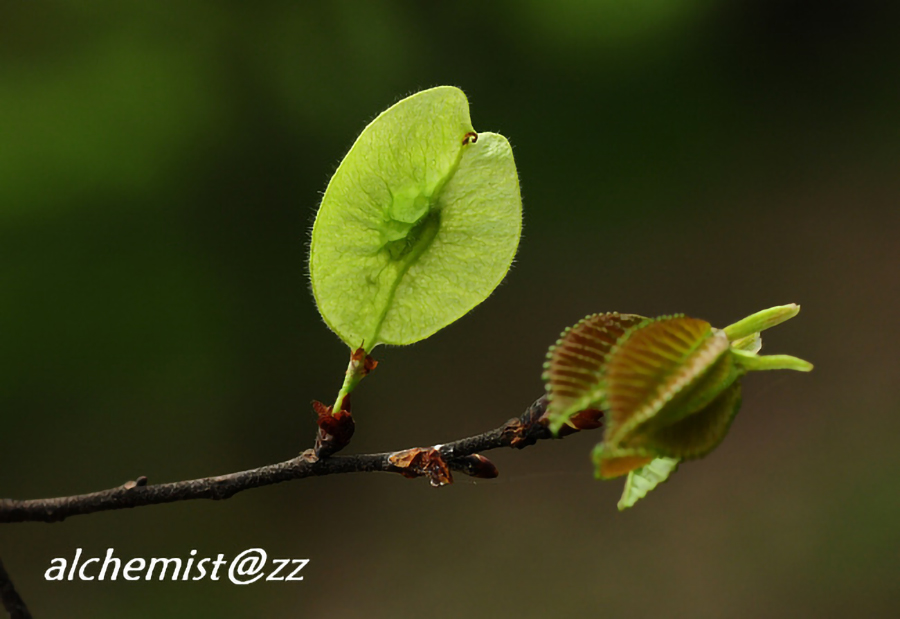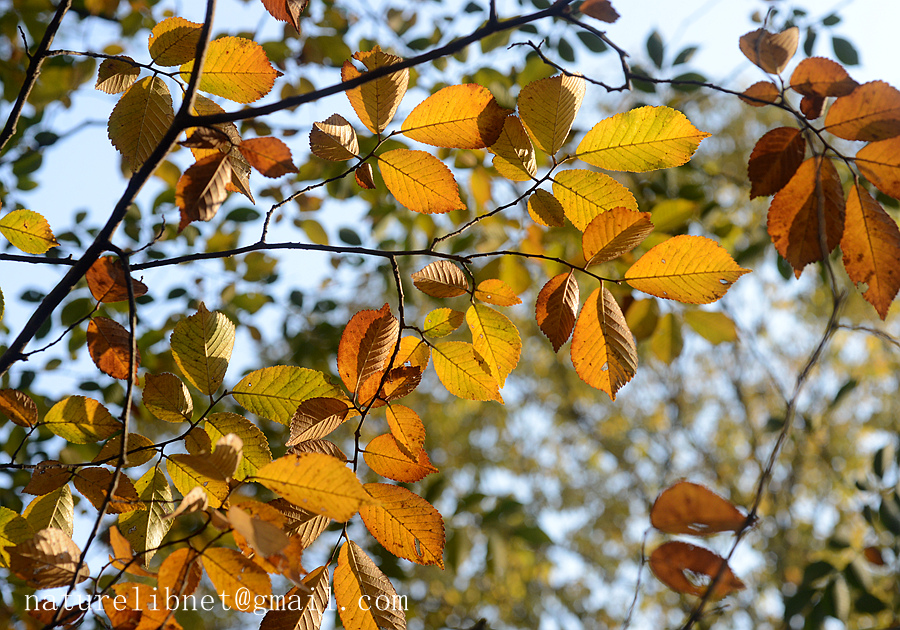- Scientific Name: Ulmus changii W.C.Cheng
- Ref: Contr. Biol. Lab. Chin. Assoc. Advancem. Sci., Sect. Bot. 10: 94. 1936
- English Common Name: Hangzhou elm
- Chinese Common Name: 杭州榆 Hángzhōu yú
- Family: Ulmaceae
- Genus: Ulmus
- Distribution: Montane forests; 200-1800 m. Anhui, Fujian, Guangxi, Guizhou, Hubei, Hunan, Jiangsu, Jiangxi, Sichuan, Yunnan, Zhejiang.
Trees, to 20 m tall, d.b.h. to 90 cm, deciduous. Bark dark gray, grayish brown, or grayish black. Branchlets reddish brown, pubescent when young, unwinged. Winter buds dark reddish brown, ovoid-orbicular to ± globose, glabrous. Petiole 2-8 mm, pubescent; leaf blade ovate to ovate-elliptic, 3-11 × 1.7-4.5 cm, abaxially often scabrous and with hairs tufted in forks of secondary veins and sometimes also scattered along major veins, adaxially sparsely appressed villous or scattered hispidulous when young but glabrescent and smooth or ± scabrous with age, base obliquely rounded to obtuse, margin sharply simply serrate or rarely doubly serrate, apex slenderly acuminate to mucronate; secondary veins 9-20(-24) on each side of midvein. Flowers from floral buds or mixed buds. Perianth campanulate, 4- or 5-lobed, margin ciliate. Samaras tan, ± orbicular to narrowly elliptic-orbicular, 1.5-3.5 × 1.3-2.2 cm, pubescent; stalk as long as or slightly shorter than perianth, densely pubescent; perianth persistent. Seed at center or slightly toward base of samara. Fl. Mar-Apr, fr. Mar-Apr. (Flora of China)


